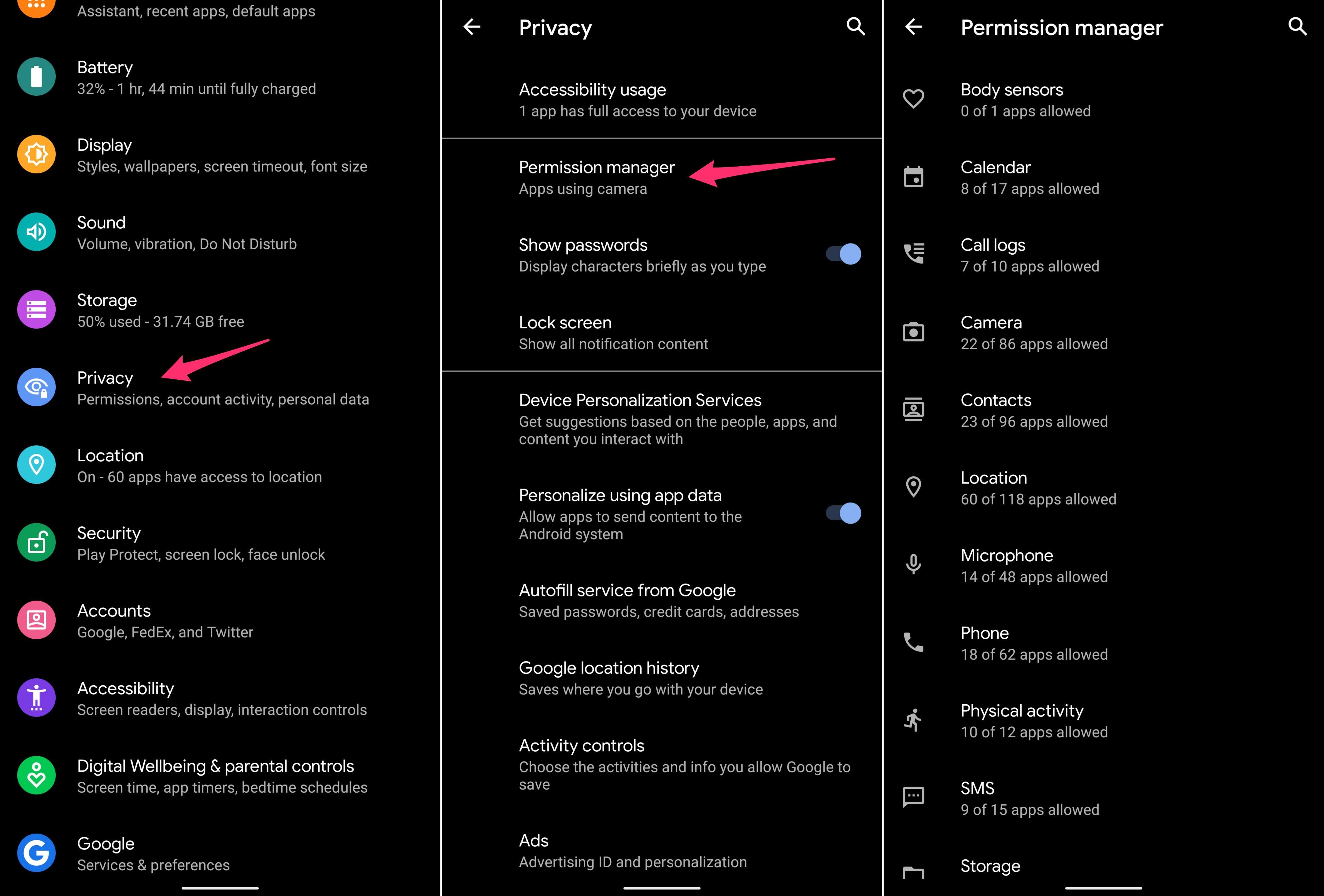The perfect Android 10 options you ought to be utilizing right this moment
Android 10 provides a number of issues, one among which is gesture navigation.
Jason Cipriani/CNET
Android 10 launched in September, beginning with Pixel telephones and has slowly been making its approach to extra units. Samsung’s present lineup have all been up to date, and the not too long ago introduced Galaxy S20 and Z Flip, all run Android 10 out of the field.
The update includes a ton of new features, ranging from a true dark mode that helps save battery life to privacy improvements and a live caption feature that’s downright cool.
Whether you just got a new phone that runs Android 10, or you recently updated and are looking for ways to take advantage of Google’s new features, we have your back. Below are seven Android 10 features you should know about.
Read more: Best Android phones of 2020

Once you get used to it, gesture navigation is a big improvement over using buttons.
Screenshots by Jason Cipriani/CNET
1. Gesture navigation
Using only taps and swipes to move between apps and go back to your home screen, instead of relying on Android’s traditional button navigation, is now possible. Google had flirted with gesture navigation in the past, but it wasn’t until Android 10 that it fully became possible.
The process to turn on gesture navigation will vary based on who makes your phone, but you should be able to search the Settings app for “Gestures” and find it. On the Pixel 4 ($400 at Amazon), you can find the setting by going to Settings > System > Gestures > System navigation and select Gesture navigation.
Make sure you check out our roundup of all the gestures and how to get the most out of the new feature.
Android 10 makes it a breeze to share Wi-Fi networks with a QR code.
Screenshot by Jason Cipriani/CNET
2. Wi-Fi and QR codes
Android 10 has a new feature that lets you create a QR code for your Wi-Fi network or scan a QR code to join a Wi-Fi network from the device’s Wi-Fi settings. To use this new feature, go to Wi-Fi settings and then select your home network, followed by the Share button with a small QR code just above it.

Screenshot by Jason Cipriani/CNET
3. Undo app removal
Have you ever removed an app from your home screen accidentally, only to realize you can’t remember which app was there? I have.
In Android 10, you have a few seconds after an app has been removed to undo the change. You’ll find the undo button along the bottom of the screen. Press it and the app is back where it belongs.
You have new options when it comes to approving location access in Android 10.
Screenshot by Jason Cipriani/CNET
4. Location control
Android 10 adds more granular control over how an app can use location information. Prior to Android 10, once you gave an app access to your location, it was always on and (potentially) always tracking. With Android 10, you have the option of letting an app access your location information only while you’re actively using the app. Not only is this an important privacy matter, but also it’s sure to help save on battery life.

The new privacy settings in Android 10 are long overdue.
Screenshots by Jason Cipriani/CNET
5. Privacy settings
With Android 10, there’s now a dedicated Privacy section in the settings app. Opening it will reveal the various permissions apps can request for things like calendar, location, camera, contacts and microphone.
Android has always lacked a clear-cut way to view which apps have access to what data on your device. The new section makes it easy to discover and revoke permissions for specific apps. Take a few minutes to learn exactly what can be done in the new Android 10 Privacy settings page. Trust me, it’s worth it.

Android 10’s new notification settings will help you limit the dings and beeps coming from your phone.
Screenshots by Jason Cipriani/CNET
6. Better notification controls
When you long-press an alert, you’re now given two different options: Alerting and Silent. If you select Alerting, the app will make sounds with each new alert. If you select Silent, your phone won’t make a sound or vibrate. You can further tailor how notifications behave by going into Settings > Apps & notifications > Notifications.
This is a small but important feature because it means you no longer have to dig into the Settings app to figure out how to customize an app’s alerts. You simply long-press, pick an option and you’re done.
Google’s Live Caption feature in action.
Google
7. Live Caption
As a way to make Android more accessible, Google developed Live Caption. The feature will live-caption any video that’s being played, even without a data connection. To activate Live Caption, play a video and then press a volume button. The volume slider that shows up will have a caption button at the bottom — tap it. Then you can move the caption by dragging it around the screen.
Live Caption was originally only available on the Pixel 4 and Pixel 4 XL ($570 at Amazon), and eventually made its way to the rest of the Pixel lineup. When the Galaxy S20 launches March 6, Samsung’s newest phones will be the first non-Pixel phones to have access to Live Caption.
After familiarizing yourself with these Android 10 features, be sure to take a deep look at the gesture navigations and dig into the new privacy settings, as well as the privacy settings.
Originally published last year. Updated with more information.
from WordPress https://ift.tt/3yCYGaw



Comenta